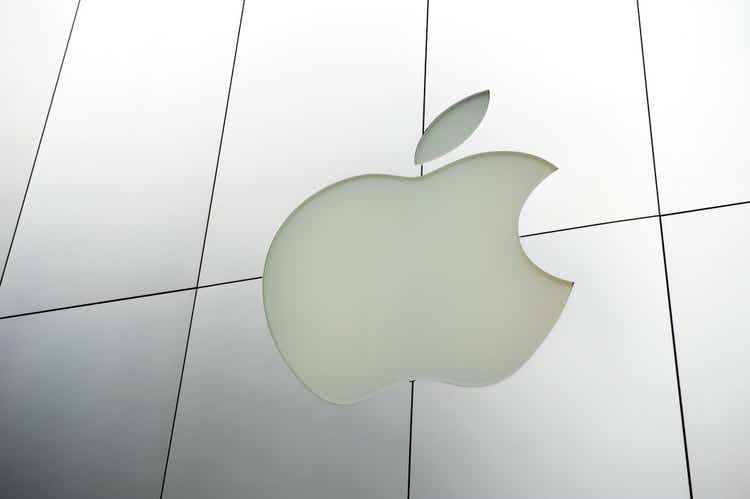
PeskyMonkey/iStock Editorial via Getty Images
The number of artificial intelligence-capable PCs shipped during the second quarter of 2024 hit 8.8M, with the Apple (NASDAQ:AAPL) Mac accounting for 60%, while 39% had Microsoft (NASDAQ:MSFT) Windows operating systems, according to the latest data by Canalys.
For clarification, Canalys defines AI-capable PCs as those containing a “dedicated chipset or block to run on-device AI workloads.” Some chipset examples include AMD’s (AMD) XDNA, Apple’s Neural Engine, Intel’s (INTC) AI Boost and Qualcomm’s (NASDAQ:QCOM) Hexagon.
“The second quarter of 2024 added significant momentum to the expansion of AI-capable PCs,” said Ishan Dutt, principal analyst at Canalys. “June saw the launch of Copilot+ PCs incorporating Qualcomm’s Snapdragon X series of chips, based on Arm architecture.”
“In the x86 space, Intel ramped up its delivery of Core Ultra chipsets, reporting strong sequential performance for its AI PC products, while AMD announced its Ryzen AI 300 series of notebook processors in June, with product releases starting in mid-July,” he added.
The industry is on pace to ship 44M AI-capable PCs in 2024 and more than double that to 103M units in 2025, according to Canalys’ forecasts. Also, poll data showed about 60% of respondents indicated a preference for devices with a Microsoft Copilot key.
However, with the entire Mac line incorporating M-series chips with the Neural Engine, Apple currently leads AI-capable shipments. When Apple Intelligence becomes broadly available this fall and early 2025, the majority of the Mac installed base will be able to use on-device AI features, according to Canalys.
Lenovo, the world’s leading PC vendor, accounted for 6% of AI-capable PCs shipped during the second quarter, while HP (NYSE:HPQ) achieved 8% of market share for the devices. Dell (NYSE:DELL) accounted for about 7% of the market share.
“Windows PC shipments in the above US$800 range grew 9% sequentially in Q2 2024, with AI-capable PC shipments in those price bands up 126%,” Dutt said.
“This is especially important over the next 12 months as a significant portion of the installed base will be refreshed as part of the ongoing Windows upgrade cycle,” he added.
